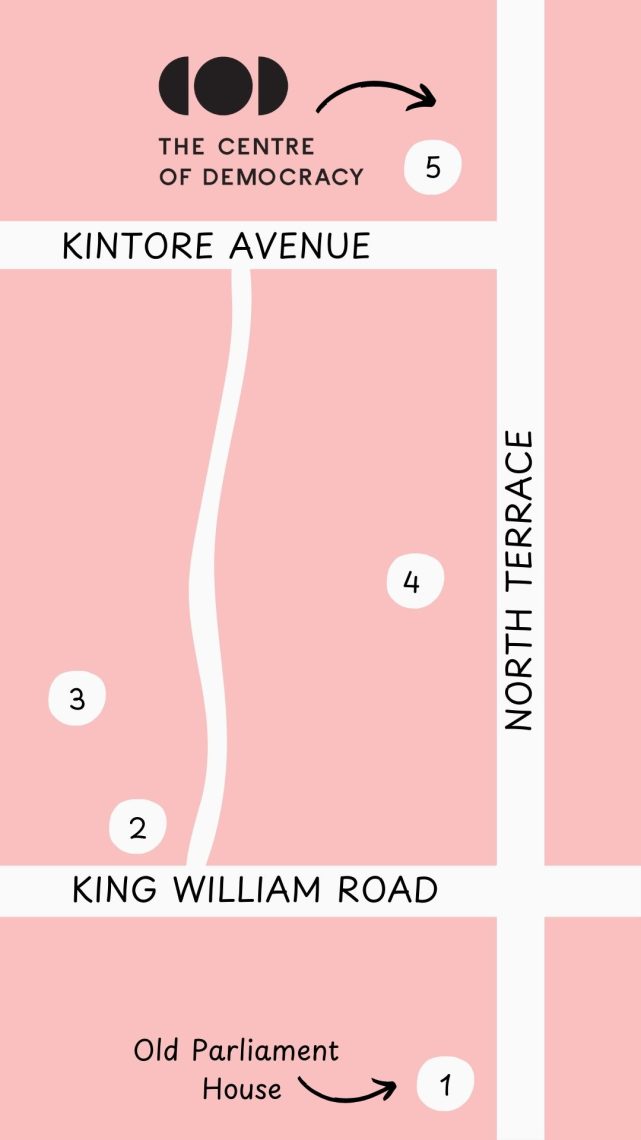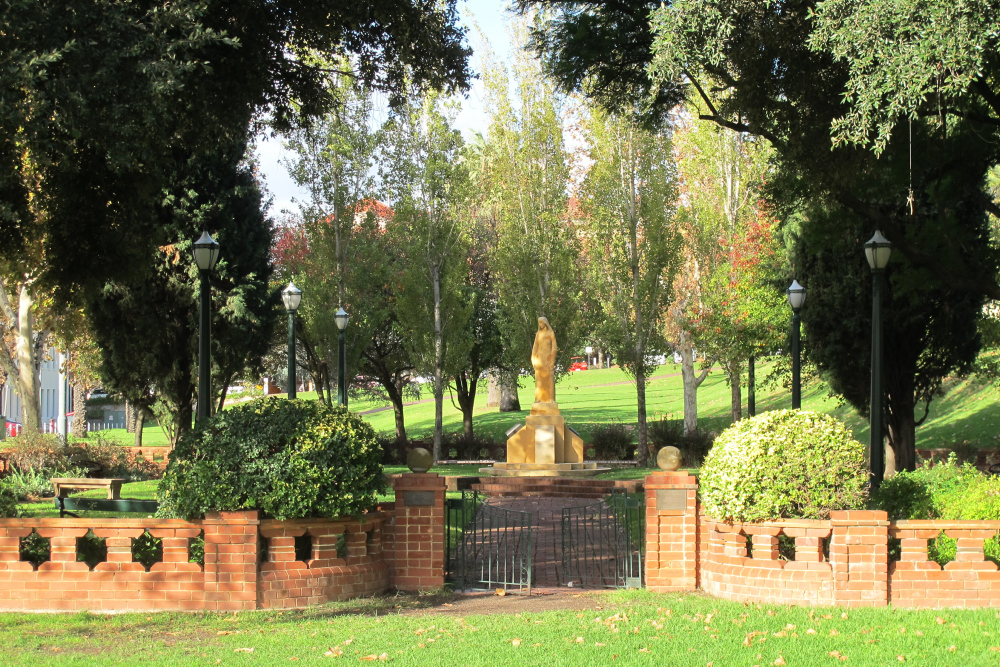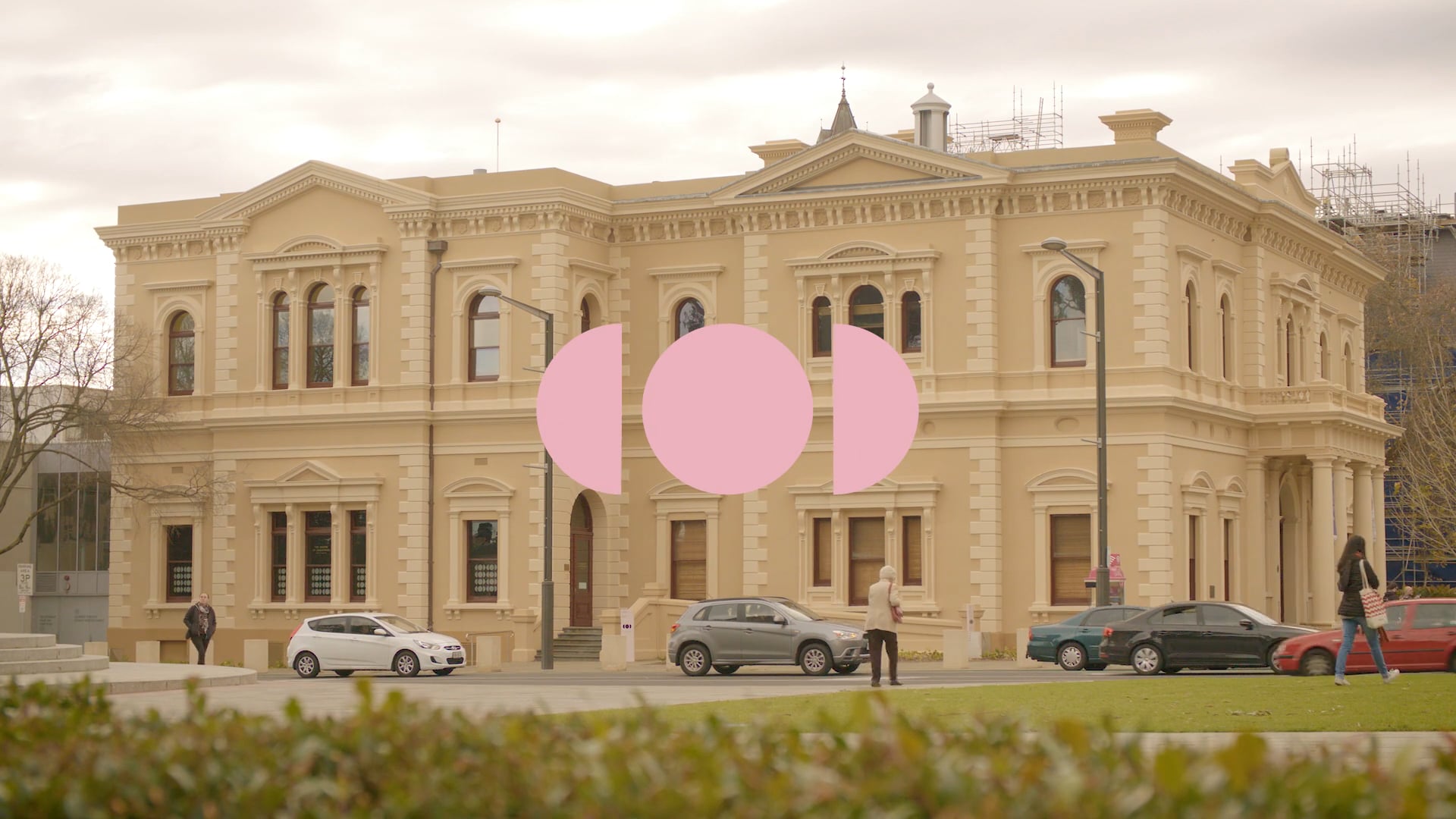
This year marks 130 years since women gained the right to vote and stand for parliament. December 18 is the anniversary of women’s suffrage in South Australia.
At the Centre of Democracy, we are using this moment as an opportunity to reflect on South Australian women activists and their campaigns for equality and social justice. There have been many women, both before and since the granting of the right to vote, that have worked to develop South Australia’s democracy. Some of these women are recognised around the city through statues and plaques. Take some time out of your day and explore the stops along a walking tour focused on women’s action. The final stop is the Centre of Democracy gallery where we encourage you to look at material from recent campaigns and consider the future of women’s activism.
1 Start at Old Parliament House, the location where the Constitutional Amendment (Adult Suffrage) Act 1894 was debated and passed. After ten years of campaigns and debates, speeches, letter writing and petitions, South Australia became the first colony in Australia to give women the right to vote. Suffragists, aided by their male allies, worked to garner support for the legislation. In a colony where half the population were women, where girls could go to school and receive a university degree, where women could separate from their husbands and maintain control over their property and assets, and female landowners could vote in Adelaide City Council elections, campaigners argued that women could no longer be denied the right to vote for those who represented them in parliament.
2 Next, head down the hill to the WWII Servicewomen’s Memorial. By the 1990s, and especially after the 1994 centenary celebrations of women’s suffrage, the role of women in history was becoming more visible. The public recognition of women’s wartime service was a result of the development of social history beginning in the sixties, that is history that considers the lived experiences of regular people and social movements. We now understand that women were essential to the war effort for both world wars, but this was not always the case.
3 Head further down the hill to the Women’s Pioneer Memorial Garden. In discussions around how to mark 100 years of British colonisation, a committee of women was set up to consider how to acknowledge the contribution of women. The Women’s Centenary Council managed to raise enough funds to establish a base in Alice Springs for the Royal Flying Doctor Service as well as this garden and statue. A female landscape gardener, Elsie Cornish, and a female sculptor, Ola Cohn, were commissioned to bring the vision to life. The aim and importance of this garden and female monuments is to make the contributions of women visible.

4 Take your time wandering past Government House back up the hill and onto North Terrace. First, you will see the statue of Dame Roma Mitchell. She achieved many firsts in her legal career. Dame Roma worked with activists in the 1960s to convince parliament to allow women to be jurors. Her arguments were convincing, and women were able to sit on juries in South Australia from 1965. Dame Roma became the first woman appointed as Queen’s Counsel and the first woman appointed a judge of the Supreme Court of South Australia. In 1991, she was the first woman appointed as a state Governor in Australia.

The bust of Mary Lee is your next stop. Mary was one of the most vocal and tireless campaigners for women’s rights in the late 1800s in South Australia. As a member of the Social Purity Society, she worked on the successful campaign to raise the age of consent for girls from 12 to 16. She was a founding member of the Women’s Suffrage League and in her role as secretary wrote many letters and gave many speeches. Lee helped to establish the Working Women’s Trades Union out of concern for women’s working conditions in the clothing and boot trades. The plaque beneath the bust quotes Lee: ‘My aim is to leave the world better for women than I found it.’
As you make your way along North Terrace to the Centre of Democracy, don’t forget to look down at the Jubilee Plaques. As part of the celebrations of 150 years of British colonisation, 150 men and women from South Australia’s history were chosen to be featured on plaques along the footpath. Along this section of North Terrace you will see a plaque for:
Susan Benny (1872-1944), who became the first woman to be elected as a local government councillor in Australia when she was appointed to represent the newly created Seacliff Ward on the Brighton Council in 1919.
Kate Cocks (1875-1954) was a teacher and child welfare worker. She was then appointed as South Australia’s first female police constable where she worked to safeguard the moral welfare of women and children and worked with male officers on cases involving women. After she retired, she started a home for single girls expecting children, later named the Kate Cocks’ Babies Home.
Constance Davey (1882-1963) was a psychologist who specialised in working with children with learning disabilities. She was the first psychologist in the South Australian Education Department and established the first ‘opportunity class’ for 20 children with special needs with each child receiving individual training and treatment. Later in life, as part of her work with the League of Women Voters, she worked to lobby for the ground-breaking 1940 act granting mothers equal guardianship rights to those of fathers.
Lillian Daphne de Lissa (1885-1967) moved to Adelaide from Sydney to continue her work in early childhood education. She was inspired to start her career when she saw the positive impact free kindergarten had on slum children in New South Wales. She set up Adelaide’s first free kindergarten in Franklin Street and helped to establish the Adelaide Kindergarten Training College. Her aim was to improve child welfare and education as a basis for social reform.
Gladys Elphick (1904-1988) was an active campaigner for Aboriginal rights. She was a member of the Aborigines Advancement League and was one of the founding members of the Aboriginal Women’s Council, the first all-Aboriginal women’s committee in Australia. The council provided advice and support for Aboriginal women. In 1973 the council was opened to men and changed its name to the Aboriginal Council of South Australia. In the 1970s, she helped to establish the Aboriginal Community College, now called Tauondi, and the Aboriginal Community Centre that provided legal aid, housing, medical advice and childcare.
Julia Farr (1826-1914) established a committee and Orphan Home for girls in the Destitute Asylum so they had somewhere to live and train towards earning their own living. Later in life she turned her attention to helping those with physical disabilities by providing a home in Fullarton renamed the Julia Farr Centre in 1981.
Gladys Gibson (1901-1972) was passionate about women’s education. She was a teacher and then an inspector of girls’ schools and secondary schools. She was a member on multiple boards and associations related to education but was best known for her tireless work with the National Council of Women on a state, national and international level. Due to her reputation, she was invited as a representative to UN sessions on the UN Commission on the Status of Women in 1956.

5 Last stop – the Centre of Democracy. In the gallery, you can see a page from the petition of 11,600 signatures that was presented in parliament in 1894. Objects from more recent campaigns for women’s rights are also on display. Look out for a mug, a hat, badges, posters and a placard. Many of these campaigns continue today. On this significant anniversary, take a moment in the gallery to consider how your voice matters.





